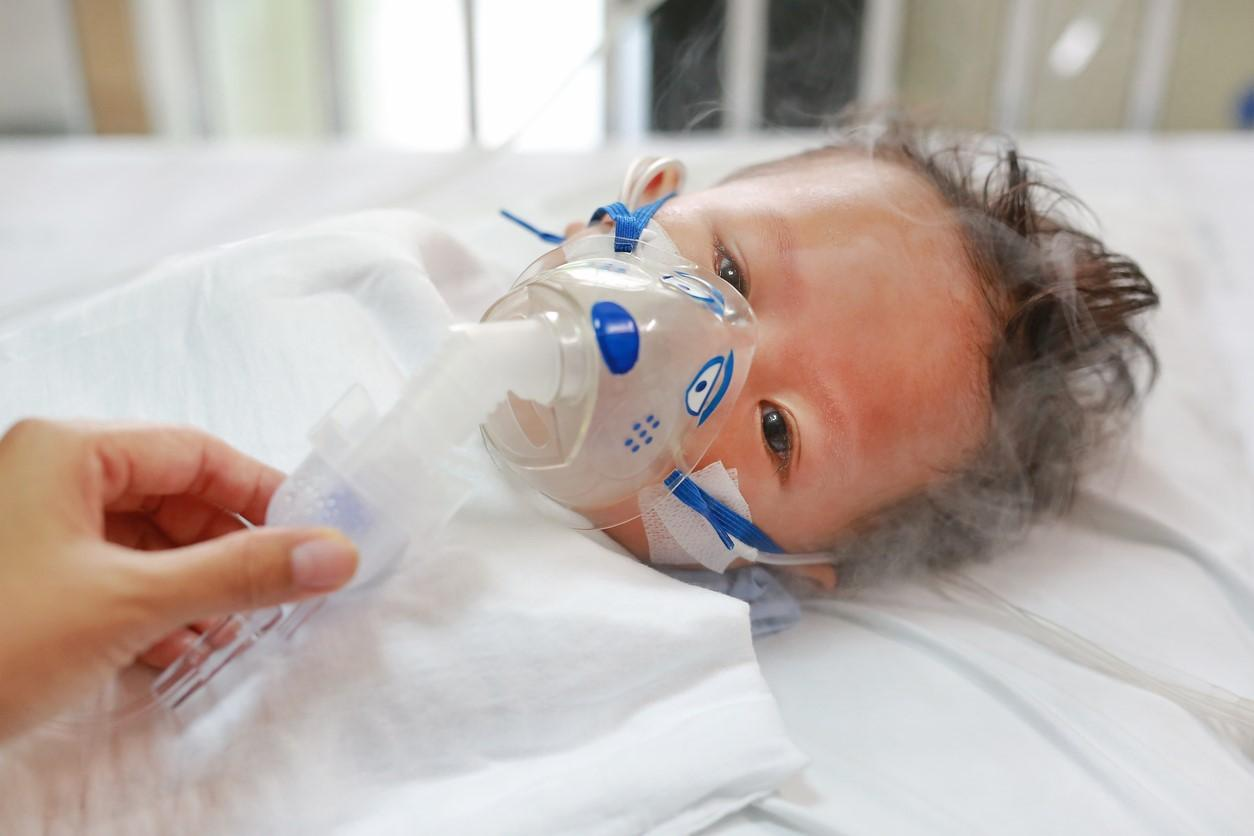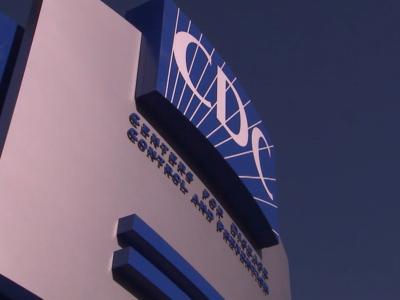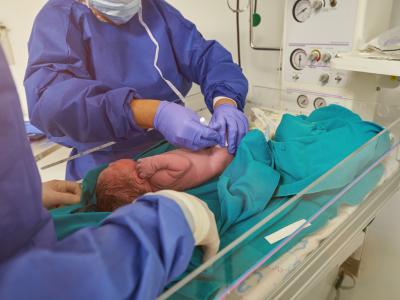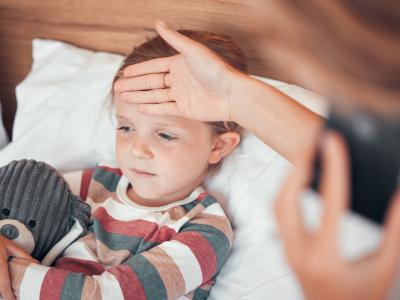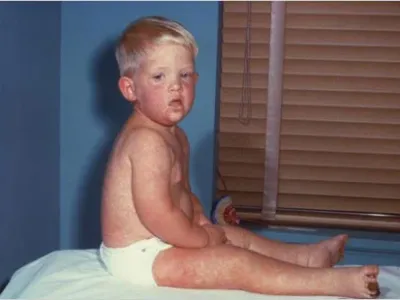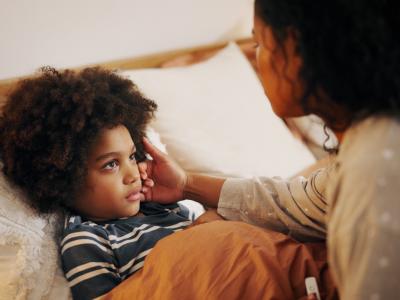Africa saw a notable jump in mpox cases last week, with a continuing rise in novel clade 1b detections and shifts in transmission status in affected countries, the head of the Africa Centres for Disease Control and Prevention (Africa CDC) said today at a weekly briefing.
%20(1).jpg)
Jean Kaseya, MD, MPH, the agency's director, said 3,545 cases were reported last week, up from 2,708 the previous week. Most were from the Democratic Republic of the Congo (DRC), the outbreak's epicenter. Thirty-seven new deaths were reported, similar to the 36 reported the week before.
The outbreaks, which have affected 20 African countries, are driven by clade 1a and the novel clade 1b virus. Kaseya said detections of clade 1b have been steadily rising since the middle of July.
Activity continues to fluctuate, with two countries with controlled transmission—the Republic of Congo and Ghana—returning to active transmission status. Meanwhile, six countries have shifted from active to the controlled stage: Gabon, Guinea, South Africa, Morocco, Zambia, and Zimbabwe.
Angola, one of the recently affected countries, has now recorded nine cases over the past 3 weeks. Cases are from two northwestern provinces, Luanda and Uige. Kaseya said sequencing is under way to determine the clade.
DRC to receive LC16 vaccine from Japan
In other developments, Dieudonne Mwamba, MD, PhD, director-general of the National Institute of Public Health within the DRC's health ministry, said the first doses of the LC16 vaccine donated by Japan are expected to arrive in the DRC next week. Japan had earlier announced a donation of about 3 million doses of the vaccine from its stockpile, along with a supply of bifurcated needles used to administer the vaccine. Mwamba added that, as part of the delivery, healthcare workers will be trained on how to use the bifurcated needles.
Arrival of the vaccine will fill a gap in vaccinating young children, given that it can be used on children as young as 1 year old. The Bavarian Nordic vaccine, already in use in the DRC, Rwanda, and Nigeria, is indicated only for people ages 12 and older, though a safety and immunogenicity study is under way in children ages 2 to 12 years old.
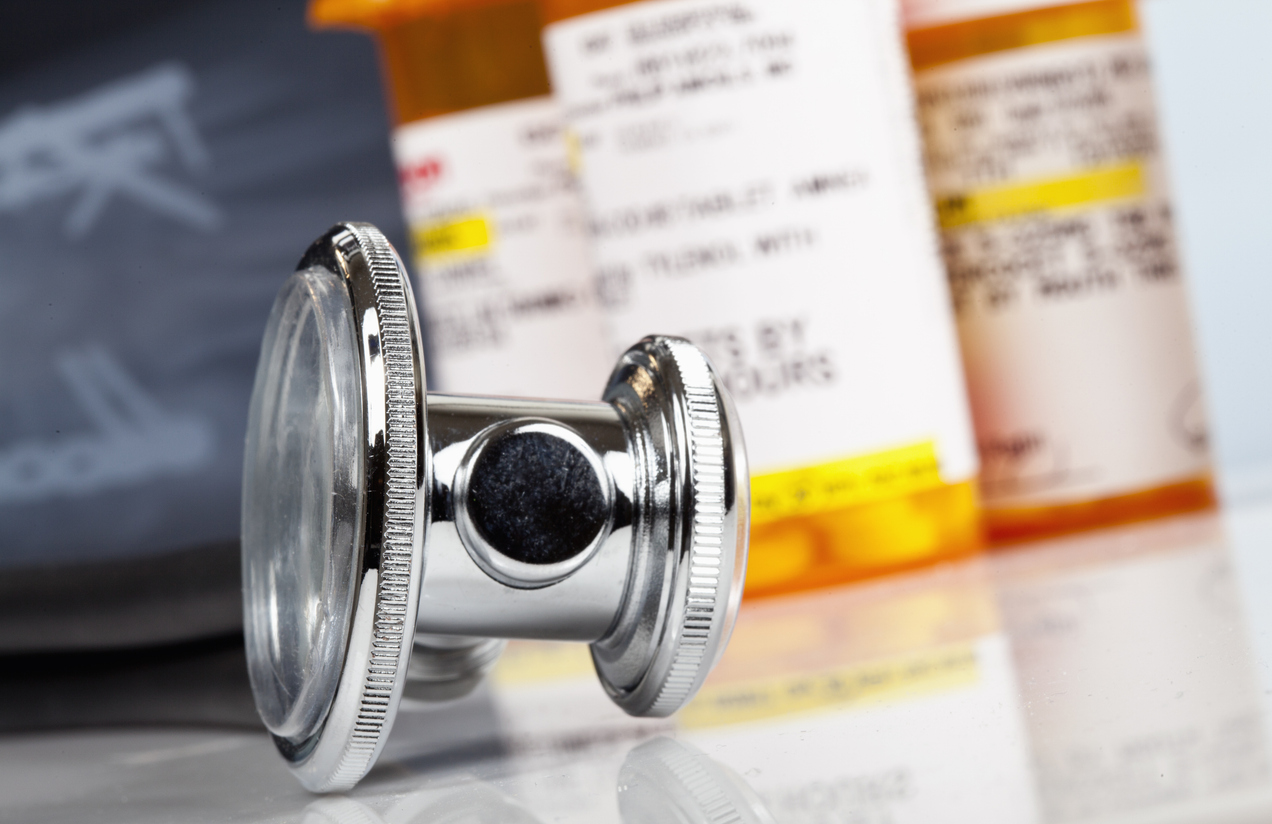
.jpg)
